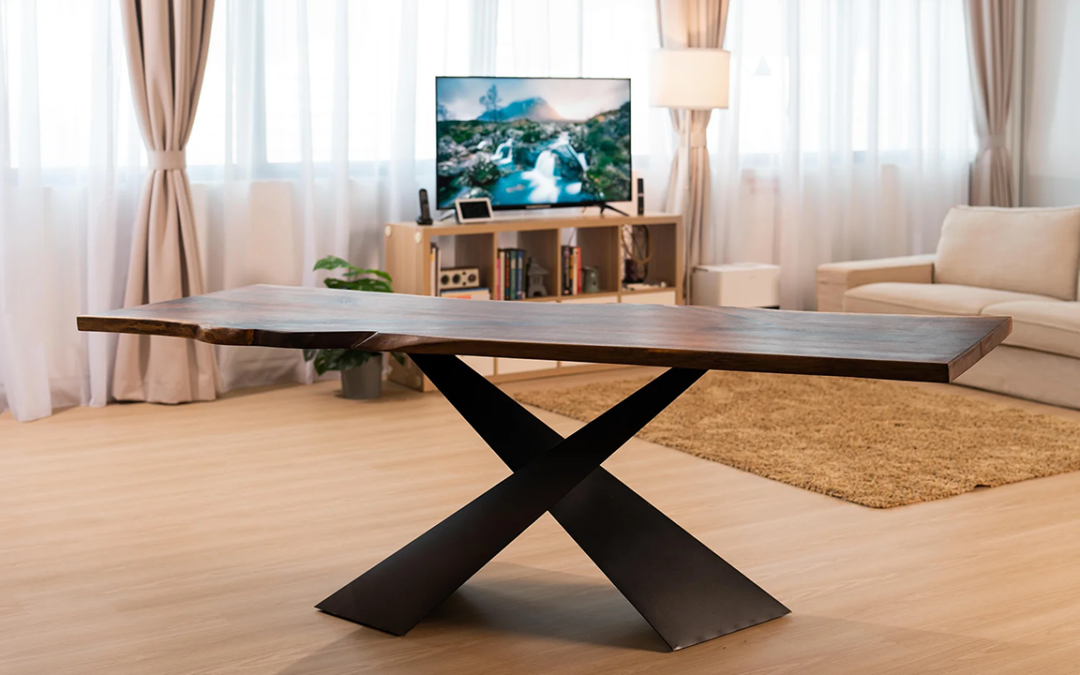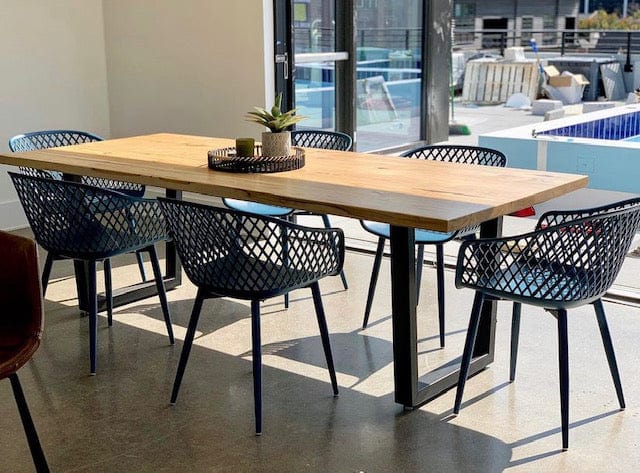Dining Room Table Legs: What to Consider Before You Buy
Dining Room Table Legs: What to Consider Before You Buy
Blog Article
A Comprehensive Look at Dining Table Leg Styles: Locating the Suitable Suit
Choosing the right dining table leg style is crucial for both aesthetic charm and useful capability. For those with bigger tables, trestle legs guarantee sturdy assistance, whereas barrette legs introduce a mid-century modern-day vibe with their minimal style. The x-shaped legs mix contemporary design with improved stability.
Typical Four Legs
Amongst the various kinds of dining table leg designs, the typical four-leg style remains a classic selection for many families. Four legs provide balanced support, making certain the table continues to be secure and capable of birthing significant weight (dining room table legs).
From an aesthetic perspective, the traditional four-leg style can be easily adapted to different indoor designs. Whether crafted from wood, metal, or a mix of materials, these legs can be elaborately sculpted, streamlined and minimalistic, or anything in between. Their versatility enables them to complement both rustic and modern setups flawlessly.
In addition, the straightforward structure of the four-leg layout promotes ease of movement and positioning within a space. Unlike even more facility bases, this style minimizes blockages, offering ample legroom for restaurants. In summary, the traditional four-leg eating table leg design marries sustaining beauty with practical performance, making it a sharp choice for those looking for both form and function in their dining furnishings.
Pedestal Base
Often commemorated for its classy and space-efficient layout, the stand base is a recognized alternative to the traditional four-leg setup in dining table leg styles. Without edge legs, diners are paid for better flexibility of motion, making it an ideal selection for round and oblong tables that advertise more intimate and comprehensive celebrations.
The main column itself provides a canvas for intricate styles and creative expressions, adding an element of aesthetic passion beneath the table. In summary, the pedestal base integrates capability with design, making it a refined and useful option for varied eating atmospheres.
Trestle Legs
Trestle legs supply a robust and ageless foundation for eating tables, defined by their horizontal cross-bracing and sturdy assistance light beams. Stemming from middle ages times, this design has actually advanced yet maintained its important framework, making it a her explanation perennial favorite in both traditional and modern setups. The central trestle beam of light, typically supported by 2 or more vertical blog posts, provides extraordinary stability, enabling larger table lengths without the requirement for added legs.
A substantial benefit of trestle leg tables is the sufficient legroom they use. Unlike tables with four corner legs, the absence of blockages at the table's edges provides unobstructed room for chairs and diners, enhancing convenience and access. This makes trestle tables suitable for accommodating larger events, whether in a dining room or a banquet hall.
From rustic farmhouse to sleek modern styles, trestle legs can be personalized to suit specific tastes. Their enduring appeal and functional benefits make trestle legs a compelling option for those looking for both style and usefulness in their dining table.
Barrette Legs

The appeal of barrette legs exists in their simplicity and flexibility - dining room table legs. Readily available in a series of materials, consisting of steel and brass, they Get the facts can be completed in various shades to enhance various interior styles. Whether matched with a rustic wood table top or a modern glass surface, hairpin legs effortlessly mix capability with a touch of classic appeal
Longevity is another significant feature of hairpin legs. Regardless of their delicate appearance, these legs are engineered to birth significant weight, ensuring the table continues to be steady and secure. In addition, they are relatively very easy to mount, making them a preferred option for do it yourself fanatics and expert furnishings manufacturers alike.
X-Shaped Legs

Built from materials such as steel, timber, or a combination of both, X-shaped legs can be customized to match different layout preferences. Steel legs frequently offer a smooth and industrial feeling, ideal for loft-style houses and modern eating rooms.
Furthermore, the design behind X-shaped legs guarantees even weight distribution, decreasing the threat of wobbling and boosting toughness. This makes them specifically well-suited for larger table that call for added support. Fundamentally, X-shaped legs mix practical engineering with contemporary looks, making them a classic option for varied dining environments.
Verdict
An extensive understanding of eating table leg designs discloses the unique features and advantages of each style. Trestle legs guarantee robust assistance for larger tables, and hairpin legs present a mid-century contemporary visual.
Report this page